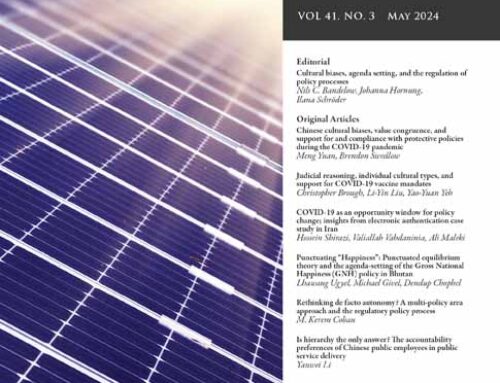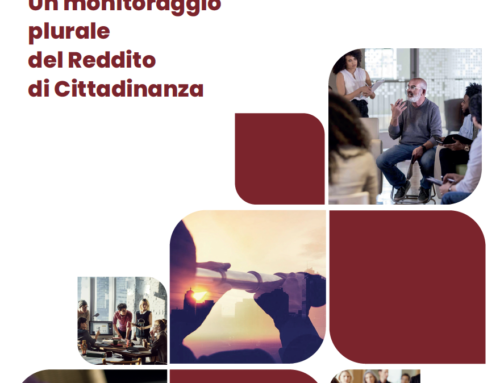Italy has been a laggard in Europe in the adoption of anti-poverty measures, particularly with reference to Minimum Income schemes. The first relevant intervention in this field, in terms of the size of the benefits granted and the breadth of the audience reached, was undoubtedly the Citizenship Income (Reddito di Cittadinanza – RdC), adopted by the Conte government in 2019. RdC is a monetary aid granted to poor families through an electronic card and associated with an activation or a social inclusion project. It is based on a multilevel design, involving national, regional, and municipal institutions (the National Insurance Agency, Job Centers, and municipal social services) and local actors (companies and the third sector). According to the literature, its poor results stem from the lack of adequate governance and organizational arrangements to manage it. The RdC, in fact, requires the capacity to design and manage different combinations of interventions, tailored to the complex needs of beneficiaries, as well as the ability to coordinate the multilevel and multi-actor network of public, private, and third sector organizations involved in the process. We thus propose an analytical framework to assess the presence of the specific administrative capacities needed to effectively implement a policy in each context. The framework is based on three dimensions: planning and management, coordination, and analysis. Each dimension is gauged using five different variables. We then apply the framework to the case of the Veneto Region to assess the impact of administrative capacities on the implementation of RdC. We do this by comparing the implementation between CPI (employment centres) and ATS (social assistant units). The analysis is based on interviews to case managers (N = 56) conducted between September 2020 and March 2021, and three focus groups (March-April 2021). We also implemented two surveys dedicated to CPI to assess any difference between the opinions of standard case-managers and the newly hired «navigator». The first was administered in October 2021 (N = 165), the second in June-July 2021 (N = 100). Thanks to this data we were able to assess each of the 15 variables identified, providing the reader with an overview of the Veneto experience.
L’articolo è disponibile al seguente link: https://www.rivisteweb.it/doi/10.1425/108267



